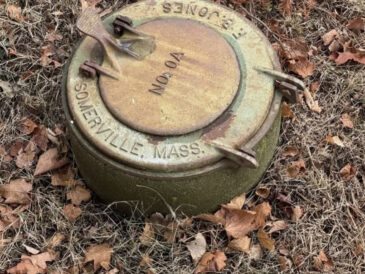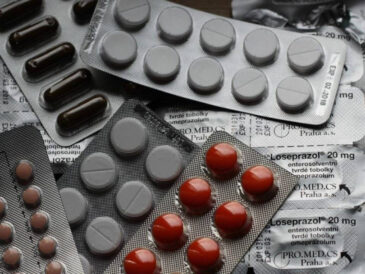If seedlings look pale, slow-growing, or weak, increase light exposure and check for root constriction. Only increase feeding strength gradually, and monitor for signs of overfertilization.
Chapter 8: Common Problems and How to Avoid Them
1. Fertilizer Burn
- Signs: Leaf tip burn, dark brown or crispy edges, stunted growth.
- Solution: Flush soil with clean water and reduce fertilizer concentration.
2. Root Rot
- Signs: Wilting despite moist soil, foul smell, black or mushy roots.
- Solution: Improve drainage, reduce watering frequency, avoid over-fertilization.
3. Leggy Seedlings
- Cause: Inadequate lighting.
- Solution: Move lights closer (without touching leaves), ensure 14–16 hours of light daily.
4. Stunted Growth
- Cause: Root bound, poor nutrition, cold temperatures.
- Solution: Transplant, adjust temperature, feed with balanced nutrients.
Chapter 9: Advanced Root-Boosting Techniques
For experienced gardeners, consider these advanced strategies to maximize root growth:
1. Mycorrhizal Inoculants
These beneficial fungi form symbiotic relationships with plant roots, increasing surface area for nutrient and water absorption. They’re particularly effective in organic or low-nutrient soils.
2. Humic and Fulvic Acids
These natural soil conditioners enhance nutrient availability and stimulate root growth. They can be added to water-soluble feedings.
3. Root Pruning at Transplant
Lightly trimming the tips of roots during transplanting (for older seedlings) can stimulate branching and stronger root networks.
4. Bottom Watering
This technique encourages roots to grow downward in search of moisture, resulting in stronger and more extensive systems.
Chapter 10: Preparing for Outdoor Planting
Hardening Off
Before transplanting outdoors, gradually acclimate seedlings to sunlight, wind, and outdoor temperatures over 7–10 days.
- Start with 1 hour in shade, gradually increasing daily exposure.
- Avoid direct afternoon sun in the first few days.
- Watch for wilting or stress.
Final Transplant to Garden or Containers
When outdoor temperatures consistently stay above 60°F (15°C), it’s safe to transplant.
- Space plants 18–24 inches apart.
- Incorporate compost and slow-release fertilizer into the planting holes.
- Water deeply and mulch to conserve moisture and suppress weeds.
Chapter 11: Maintaining Healthy Plants Through the Season
Once established outdoors, pepper plants benefit from a steady routine of care.
Ongoing Fertilization
- Switch to a bloom and fruit fertilizer (e.g., 5-10-10) during flowering.
- Apply every 2–3 weeks depending on plant needs and soil fertility.
Root Zone Care
- Avoid compacting soil around the base of the plant.
- Mulch with straw or leaves to keep roots cool and moist.
- Inspect for pests like cutworms and root-knot nematodes.
Conclusion: Strong Roots = Strong Plants = Bountiful Peppers
The success of your pepper harvest begins long before flowers or fruit appear. It begins in the soil, at the roots, with a carefully nurtured seedling. By focusing on strong early development—particularly root health—you can ensure a thriving plant that’s ready to handle the stresses of summer and deliver exceptional yields.
With the right lighting, temperature, soil conditions, and a thoughtful feeding regimen focused on early phosphorus and micronutrients, any gardener can grow pepper seedlings that not only survive but thrive.
Start strong, feed wisely, and you’ll be rewarded with peppers that burst with flavor, nutrition, and beauty all season long.




